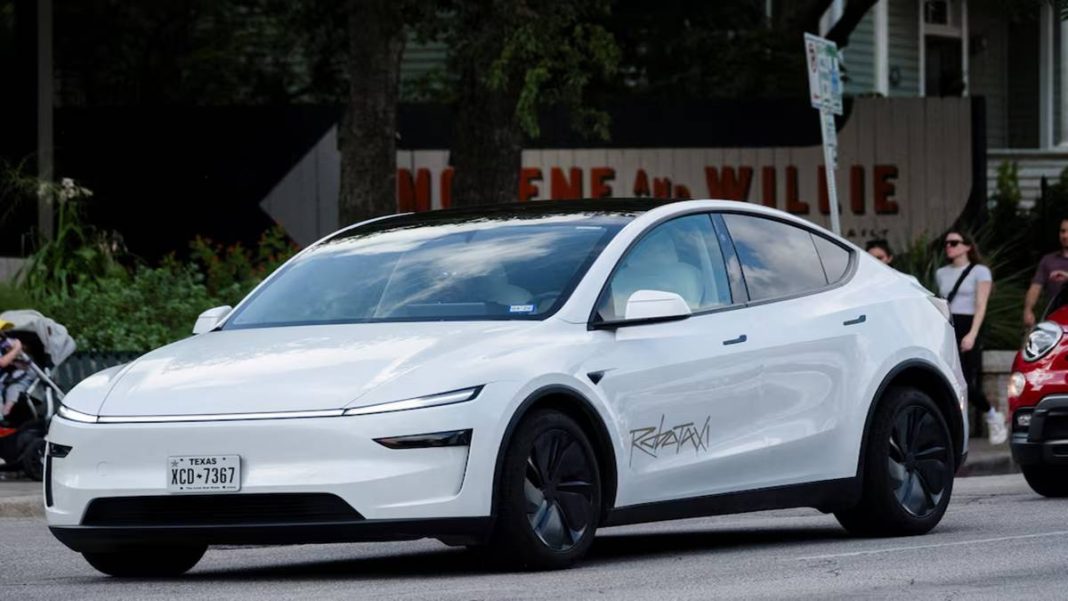Tesla Posts Record $28.1 Billion Revenue But Profit Misses Expectations
Tesla reported record third-quarter revenue of $28.1 billion, beating Wall Street estimates, but saw profits fall short of expectations amid rising costs and fading regulatory credits. The electric vehicle maker’s shares dropped 4% in extended trading as investors weighed mixed results.
Key Takeaways
- Record Q3 revenue of $28.1 billion beats $26.37 billion estimate
- Profit per share of 50 cents misses 55 cents expectation
- Automotive regulatory credits fell to $417 million from $739 million
- Shares down 4% in extended trading
Revenue Strength vs Profit Pressure
Tesla’s revenue surge was driven by the highest quarterly EV sales as U.S. buyers rushed to secure expiring tax credits. However, profit faced multiple headwinds including $400 million in tariff costs, a 50% rise in operating expenses from AI research, and declining regulatory credit income.
Chief Financial Officer Vaibhav Taneja confirmed tariffs imposed by the Trump administration significantly impacted costs, while R&D spending surged due to AI projects and increased stock-based compensation.
“Tesla dished out just the right amount of good and bad news to both appease its fans while also providing enough evidence for its critics,” Camelthorn Investments adviser Shawn Campbell told Reuters. “This earnings report isn’t going to change anyone’s mind on Tesla.”
Strategic Moves to Boost Demand
To counter expected demand drops, Tesla introduced lower-cost “Standard” variants of Model Y and Model 3, reducing prices by $5,000-$5,500 by removing premium features. While aimed at boosting volumes, analysts warn this could squeeze margins as cost cuts may not fully offset lower prices.
Future Product Pipeline
Tesla remains on track for volume production of its Cybercab robotaxi, Semi truck, and Megapack 3 battery in 2026. The energy business showed strong growth with an 81% increase in storage deployment, while humanoid robot Optimus production could begin by late 2026.
Elon Musk expressed confidence in self-driving technology, forecasting “nutty” demand for the Cybercab and maintaining that margins wouldn’t be sacrificed. Tesla has already launched limited robotaxi service in Austin and plans expansion to 8-10 metropolitan areas by year-end.
Market Outlook and Challenges
Wall Street expects Tesla’s 2025 deliveries to fall 8.5% due to expired tax credits, aging models, and rising competition. Musk’s political stance has also alienated some buyers. However, many investors remain bullish long-term.
Nancy Tengler, CEO of Laffer Tengler Investments, summarized investor sentiment: “I’m less concerned about the next quarter. It’s messy, it’s hard, it’s trial-and-error. But this is a CEO who is determined. And I think what we’ve seen historically is that he will get it done.”




